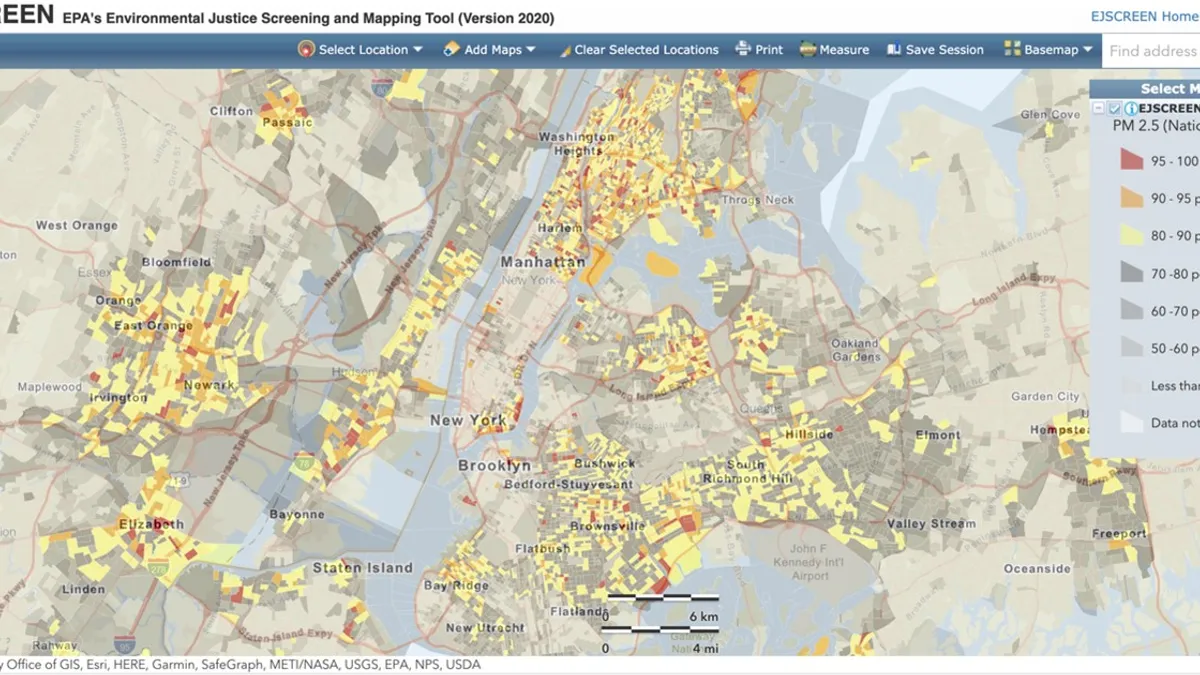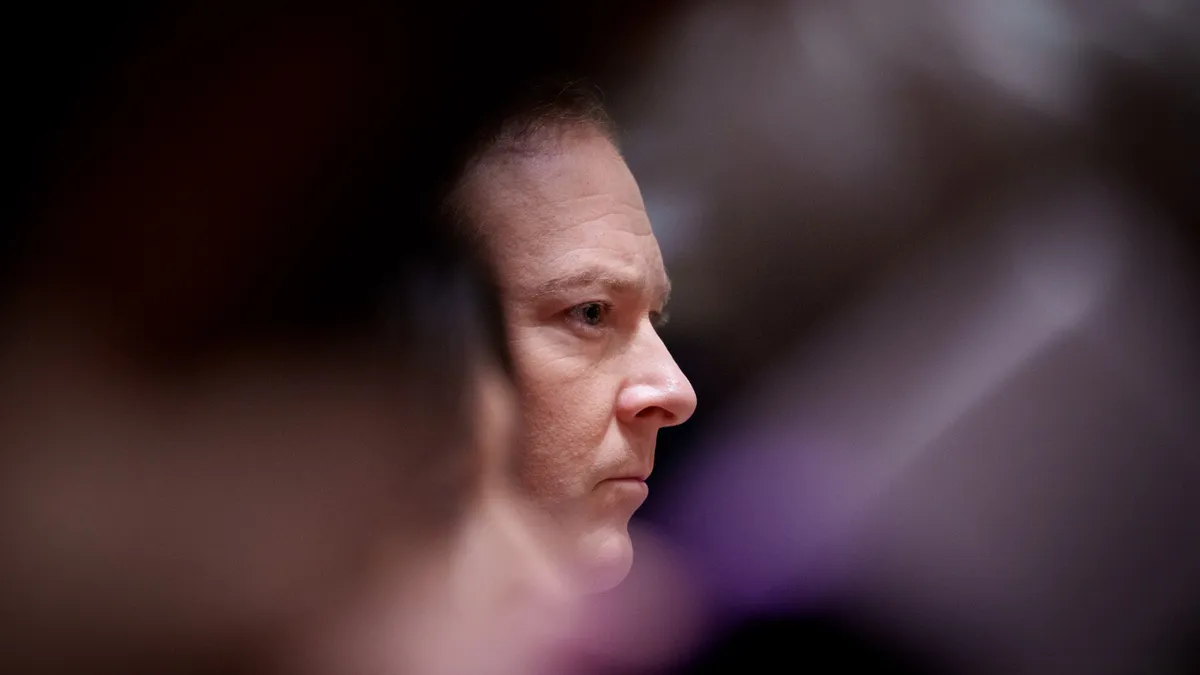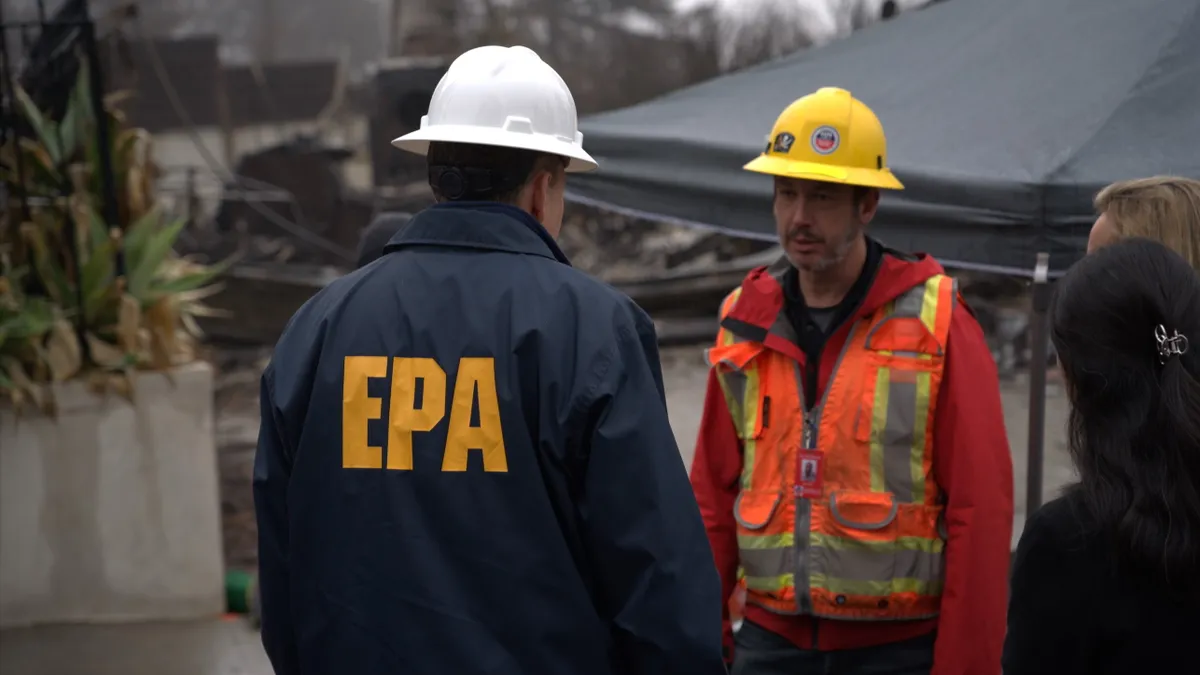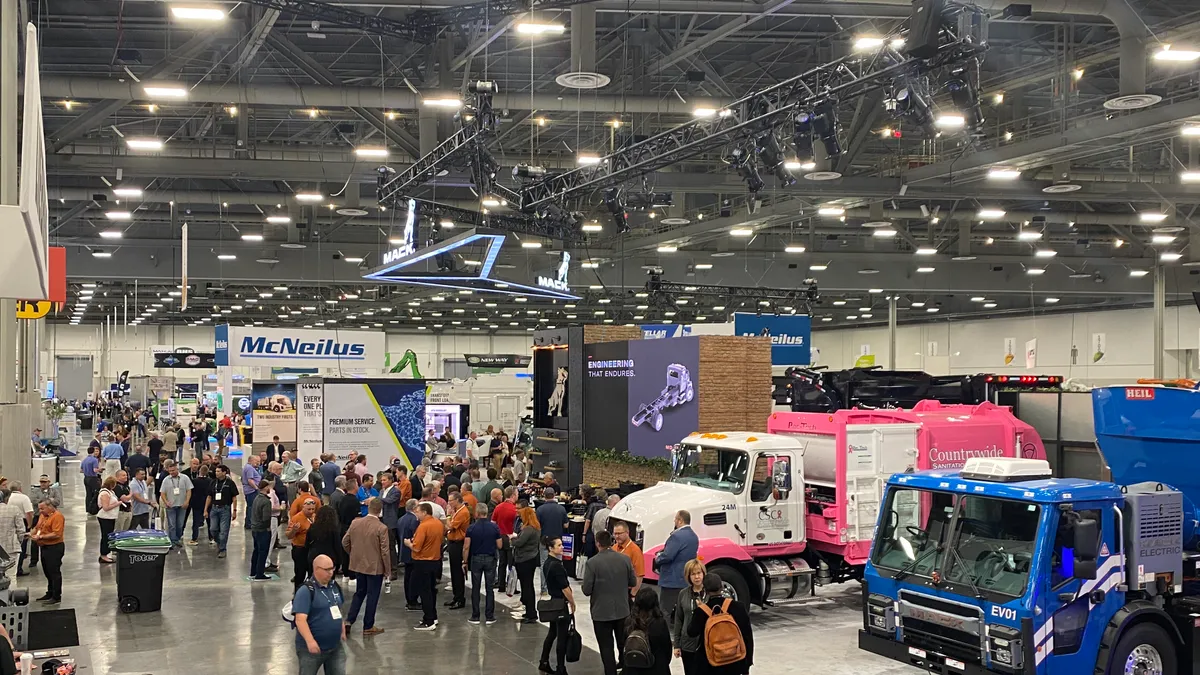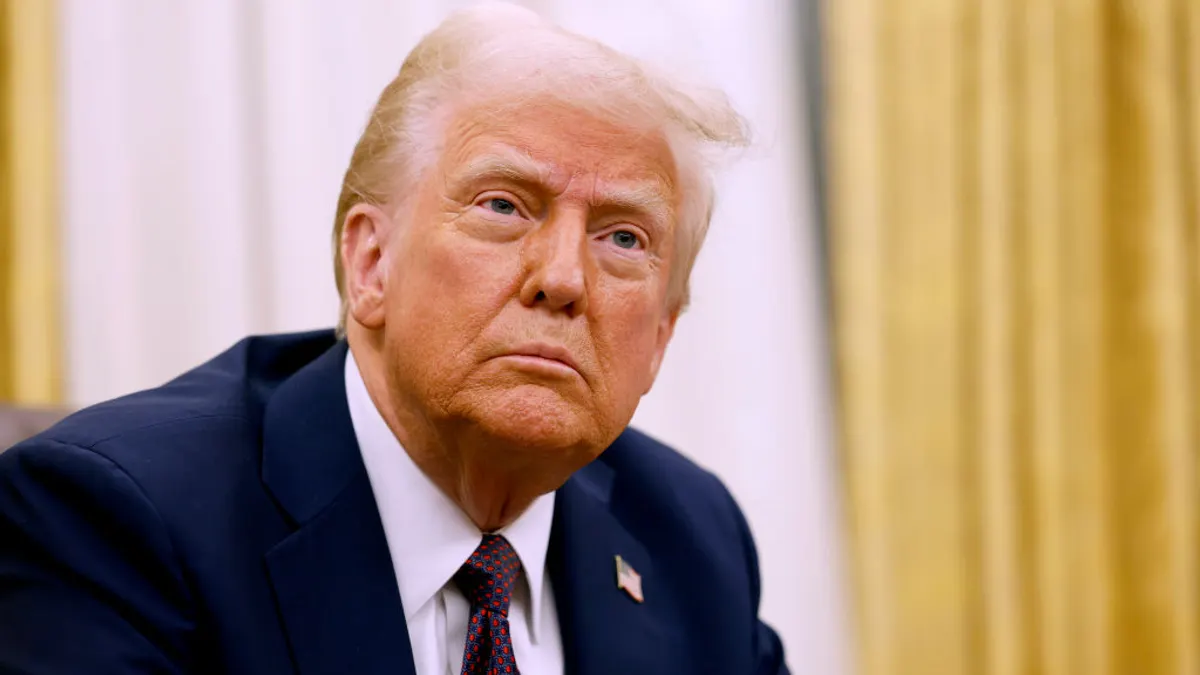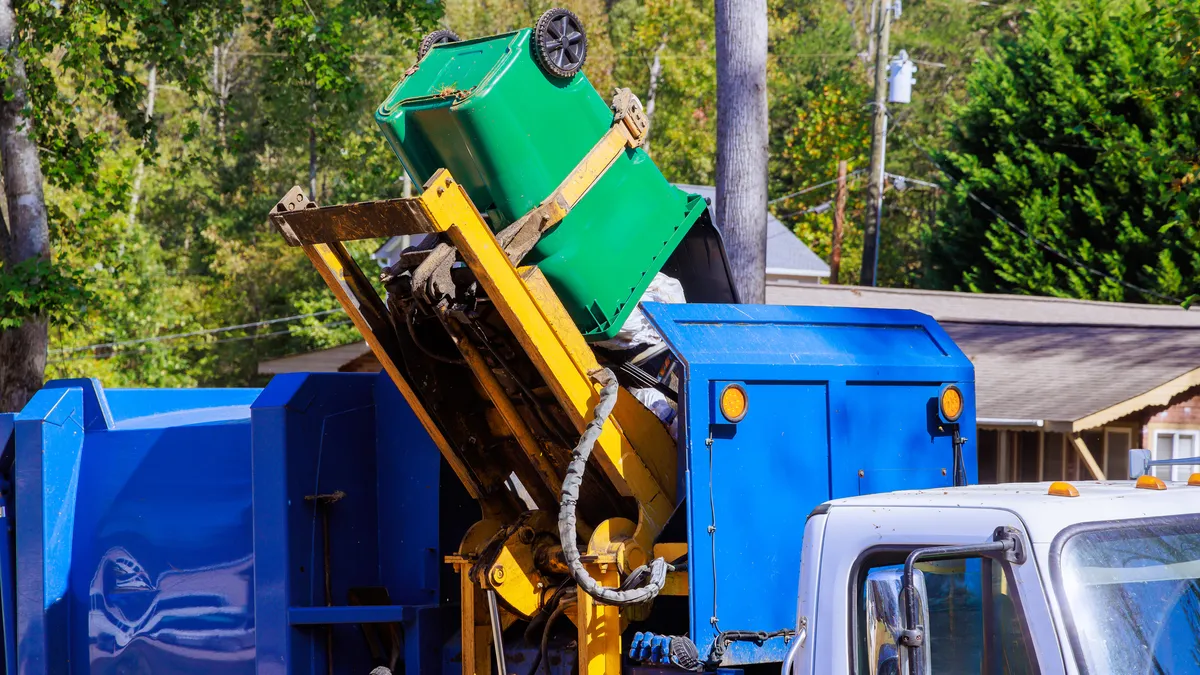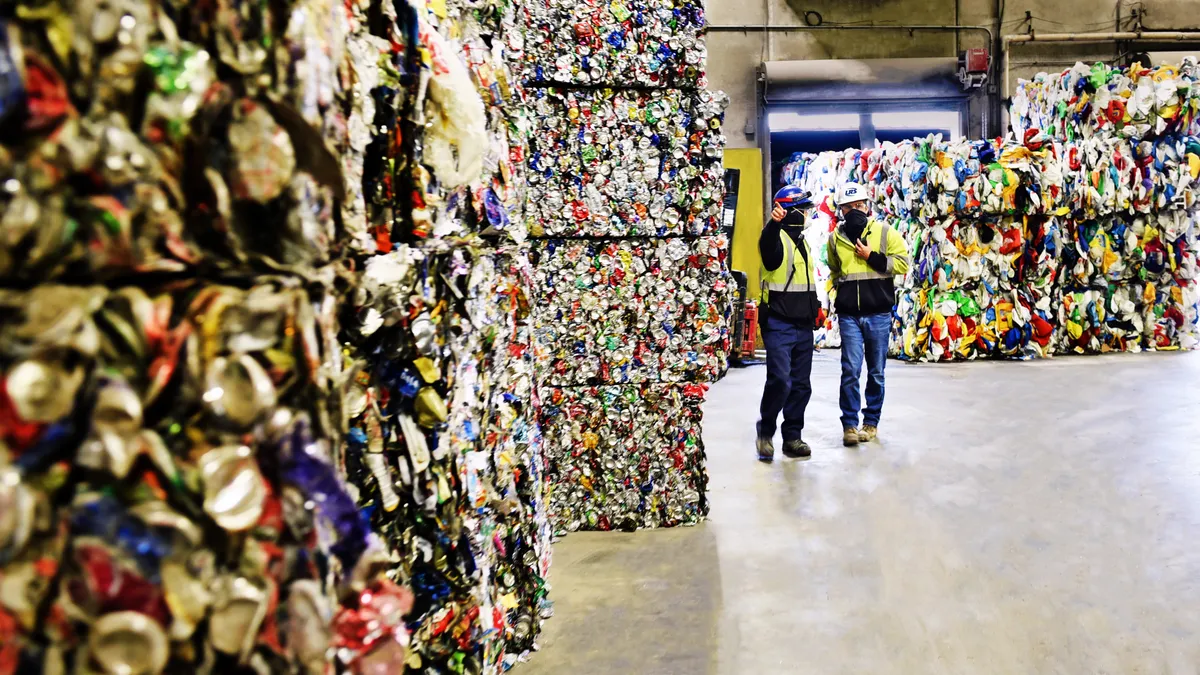Amy Lestition Burke, SWANA’s new CEO and executive director, has spent a lot of her time on the road since she started the position in November.
She’s gotten her hands dirty at anaerobic digestion labs, watched safety drills at landfills and even met a seagull-deterring falcon. Along the way, she’s queried everyone from the front desk assistant to the heads of other trade associations to find out how SWANA can build better partnerships, make the industry safer and serve as a better resource for public and private waste companies. “I’m trying to talk to everyone I can,” she said.
Lestition Burke joined SWANA from the Consumer Brands Association, where she worked with partners on sustainability issues. She has also served as executive director of the Special Libraries Association and Association Media & Publishing.
SWANA has been working to execute a “changing vision” in recent years that emphasizes resource management instead of solid waste management, and Lestition Burke’s role is a major part of that, the board said when her move to the position was announced in October. David Biderman was SWANA’s previous CEO.
SWANA’s latest strategic plan, finalized in 2022, envisions an improved perception of the industry as “employers of choice,” particularly for a younger and more diverse workforce. SWANA is also positioning itself as a “climate champion” while making sure the organization’s finances and infrastructure remain solid.
Waste Dive talked with Lestition Burke about her vision for the job and SWANA’s role in the waste industry as a whole.
This conversation has been edited for length and clarity.
When SWANA announced you as the next CEO in October, the organization said you would “usher in a new vision of innovation.” From a practical standpoint, what does that mean for SWANA and for what your role entails?
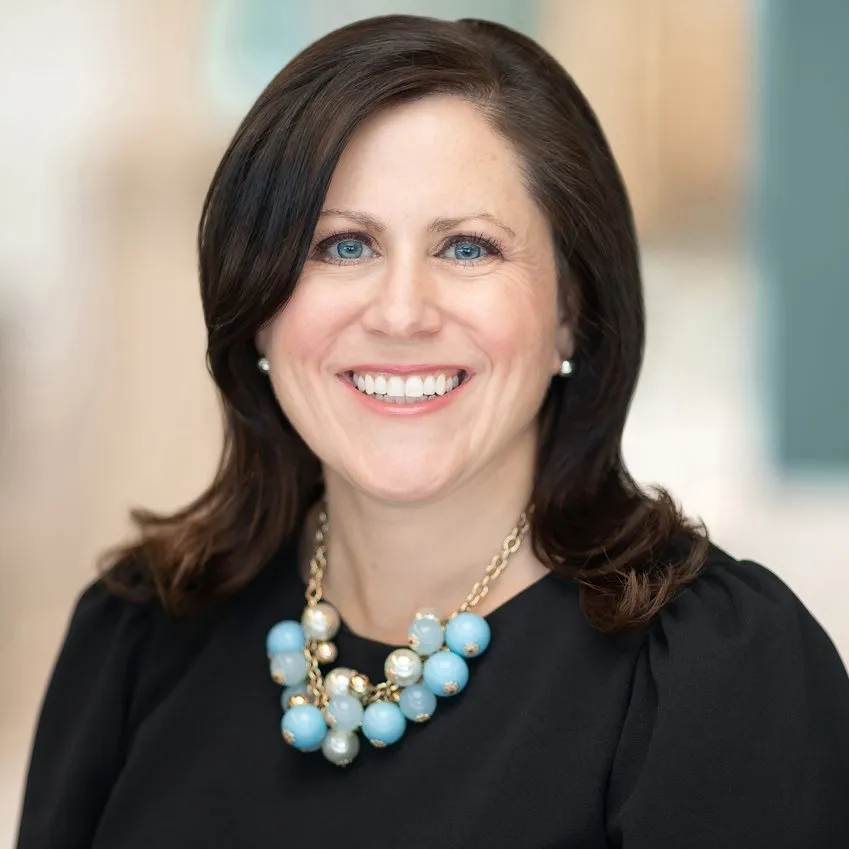
I have experience managing associations, and part of that is active listening and being intentional. I was brought here to be proactive and to be that change agent to move the profession and the industry forward. Right now it's a lot of research and information gathering, in terms of how SWANA works and the processes, but also understanding SWANA and their role in the industry. It's all connected in thinking about the circularity there.
Innovation looks like being collaborative. We're being holistic in our thinking, we are driving results, we are putting forward new programs. With our advocacy, the things that we're doing are moving the needle — whether that is in terms of safety or whether that is in career advancement for someone engaging with the [young professionals].
I want to stay ahead of what the members want. I want to be on that offense and I want to put things out there before they even know they need them. A number of years from now, with the innovation I want to see, we are that hub where not only our members in the industry, in the profession, are coming to us, but those like-minded organizations like EPA and OSHA are coming to us because they know we're a credible source of information and will partner and work with us.
[Becoming the CEO] of SWANA piqued my interest because of what the mission is: moving from solid waste management to resource management, the sustainability aspect and thinking about how critical and a necessity this industry is. If I say I want to be CEO of an organization, it needs to be something I'm passionate about. It needs to be something that I can talk about 24/7. It’s been great learning what keeps SWANA going, what makes it tick. It’s the traditions that have been around for over 60 years and what propels it forward.
SWANA’s strategic plan mentions numerous goals, including safety improvements such as moving off the Bureau of Labor Statistics’ top 10 list of most dangerous jobs. How does SWANA actualize that over time?
These are mammoth goals, yeah. And the question I had underneath that was, what does success look like? What can we do to feel good as a team, as the board and all those all involved? Safety is one [example.] How are we going to feel good at the end of the day if we don't move off the list? There was a year where we remained steady with the number of fatalities in our industry, but other [industries] got worse. I don't want another industry to get worse.
We all need to be working towards safety. We're looking to be proactive with safety. I actually wish that goal was reframed so that instead of focusing on our [position on the BLS fatality list], which we don't have much control over, we could show examples of what we can do so that people come home safe at the end of the day.
We've been hearing a lot about this from members. I’m out visiting the Georgia chapter right now, and they wanted me to hone in on safety, too. I want to be leveraging member expertise. We give safety awards and interview those companies and individuals, but then we're also trying to do that year-round by infusing our newsletter and our messaging with more real-life case studies — whether that's through interviews or something else. We want those real-life examples to be brought to life. You can tell people to do this or that, or you can show them how it’s actually done, which is more practical.
We also will continue our Slow Down to Get Around advocacy and working with chapters to advocate at the state and local levels for the legislation. We’ll also continue working on fires caused by lithium-ion batteries, which are such a serious issue. We're trying to work with other organizations, not just our members, to put together information and resources on technology and best practices. We're going to establish a working group to focus on solutions to the battery issue. We're also looking at our technical policies, which help inform positions we take on advocacy, so we can update them to make sure safety is part of it.
SWANA, and the waste industry as a whole, has been working to change the general public’s perception of the industry in terms of its environmental image and job prospects. What steps does SWANA plan to take?
Climate change is a big goal for us and where I want to raise SWANA’s profile. We are essential to the worldwide economy, and there’s a national impact and an impact to local communities. We're an industry that doesn't stop, and I want to bring that around to climate change. We can't do this just within North America. We need to know what's going on globally because climate change impacts everything, right?
I'm excited that we're going to be part of the United Nations Environmental Program [intergovernmental negotiating committee] on plastic pollution happening in Ottawa. I'll get to be an observer and we're going to have an event there with some education specific to the United States and Canada and what's going on with plastic. That's an example of how we go bigger.
At the same time, we want to be more attractive as an industry. What I found is there are so many more roles and opportunities in this field than the average consumer might realize. You can be in this industry and be a chemist. You can be an engineer. You could even be a falconer [like the one employed at the Lamb Canyon Landfill in Beaumont, California] because you need to keep the birds away from the landfills. There's so much you can do here. Reframing the perception of our industry can help society understand the strengths and the expertise and all the different opportunities and careers that we have.
My role is doing a lot of listening and talking to members, non-members and former members, and doing a lot of traveling. I'm not going to understand what individuals are doing unless I visit the anaerobic digester, for example. I wouldn't be aware of all the people involved and all the systems and all the opportunities there.
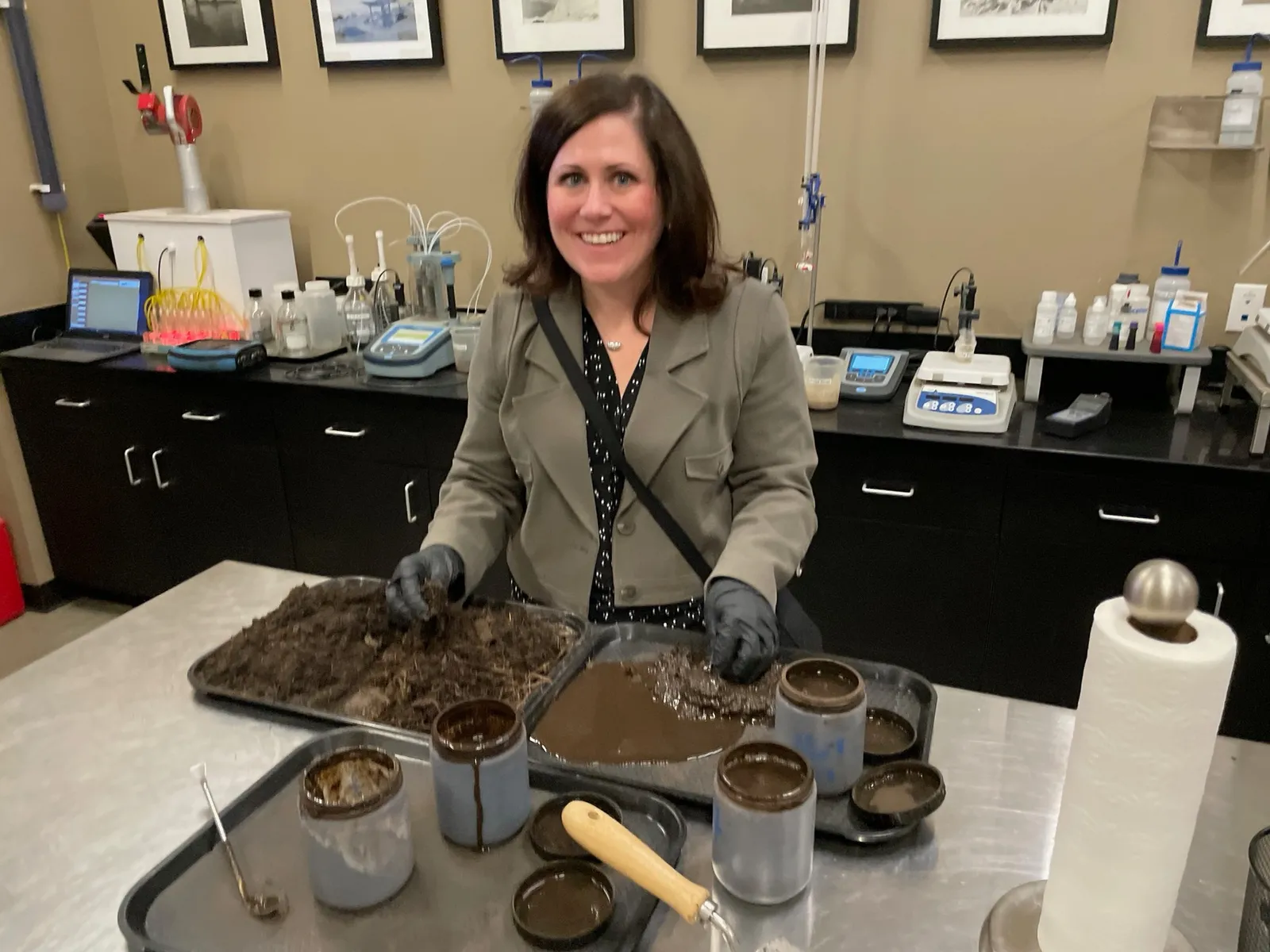
Another key part is understanding what the like-minded organizations are doing. We've been meeting with the Waste-to-Energy Association, the Solar Energy Industries Association and a slew of others. That shows me where we fit in the broader [picture] because we don't want to be insular. I want to look externally. That's important to change the perception because there's overlap in these areas, and I want to know what they're doing right and what we could do to complement that.
We’re also continuing our own programs, like the young professionals’ Leadership Academy, and our work has already started on diversity, equity and inclusion. I want to champion diversity in our leadership and make sure what we're building is inclusive and that it gives people a sense of belonging and feeling supported. I want the waste and resource management sector to reflect the diversity of the communities that it's serving, right? We can benefit from this wide range of perspectives and talents. We've just got to start getting that message out.
Where does SWANA expect to engage with policy and legislation this year and in the near future?
There’s a lot going on there. We've been trying to engage with policymakers and we're just trying to understand other organizations' positions so that we know where we fit in and where we can align. There is more power in numbers. If we can group together a bunch of associations or other groups on an issue, all the better, right? We're not going to always align on everything, but through listening and talking and having meetings with these groups, when we can align it's like magic.
We joined the American Biogas Council and we're going to be meeting with the American Geophysical Union because they are climate champions. Waste-to-energy is pretty big.
We also want to make sure we're advancing the implementation of programs so that we can recover organics as a valuable resource. So we filed comments with the EPA regarding organics recycling. And we’re still working on PFAS issues, which is a big topic for the organization right now as well.
You've been traveling and talking to many people in the months since you took on the job. What are they asking of you specifically as a leader, and what do you see as your mission as CEO?
When I sit down and have conversations with members, former members, prospects and young professionals, some have more to say than others. I think the common theme and trend of all of them together is they want SWANA to be thriving. What I hear is that we need to be more relevant, we need more education, we need more training. I want to bring unity among the professionals and diverse sectors under our strategic objectives. We wouldn’t be out there asking people to join us if we didn’t have members saying they get value out of what we do or get information that helps their company be successful or save X amount of money.
What makes SWANA unique is that we represent both the public and the private sectors. What’s really key for me is looking at that whole ecosystem and making sure we're building peer to peer exchange and collaboration between both sectors. That holistic view is really, really important. SWANA already has 46 chapters and seven technical divisions, and actually we [have members] in 34 countries, which is pretty amazing. We have about 10,000 members right now, so when you think of all that diversity it's just so powerful. I just keep seeing more and more opportunities for bringing people together and driving results that solve challenges for the industry.








